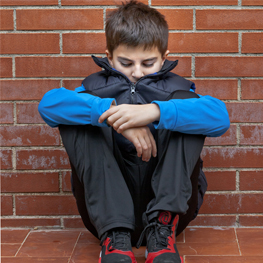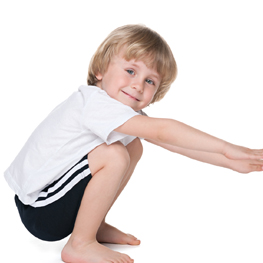



Tony was eight years old when his parents separated and later divorced. When his dad moved out, it was very traumatic for his mother. She cried and screamed. His dad didn’t say good-bye to him or explain what was going on. His mom later explained that his dad was going to live somewhere else and Tony could go to see his dad some weekends at his dad’s new place if he wanted to. But Tony’s mom told him with tears in her eyes when she told him about it. Tony loved his mom and didn’t want to see her in pain, so he decided there and then that he would not talk to his mom about the divorce again.

By definition, physical literacy comprises a complex blend of movement skills, physical awareness, cognitive understandings and even general attitudes about physical activity and sport. Researchers who study the subject produce sophisticated tests and measures for deciding who is physically literate and who is not, and they have a laundry list of criteria they examine in the process.

Today more than ever, we as a society who find ourselves entering a period of increased social awareness, one where giving back, effecting change and making a positive difference in the lives of those less fortunate, both in our communities and around the globe, are concepts that are becoming more prevalent.

If your child is involved in organized sports, you’ve probably noticed that at practices and games, some children are focused, listening to the coach and doing what they are asked, whereas other children seem to be doing anything but - daydreaming, fidgeting, watching the birds fly by or picking dandelions. What allows some children to stay focused and on task despite all the distractions?
Calgary’s Child Magazine © 2024 Calgary’s Child